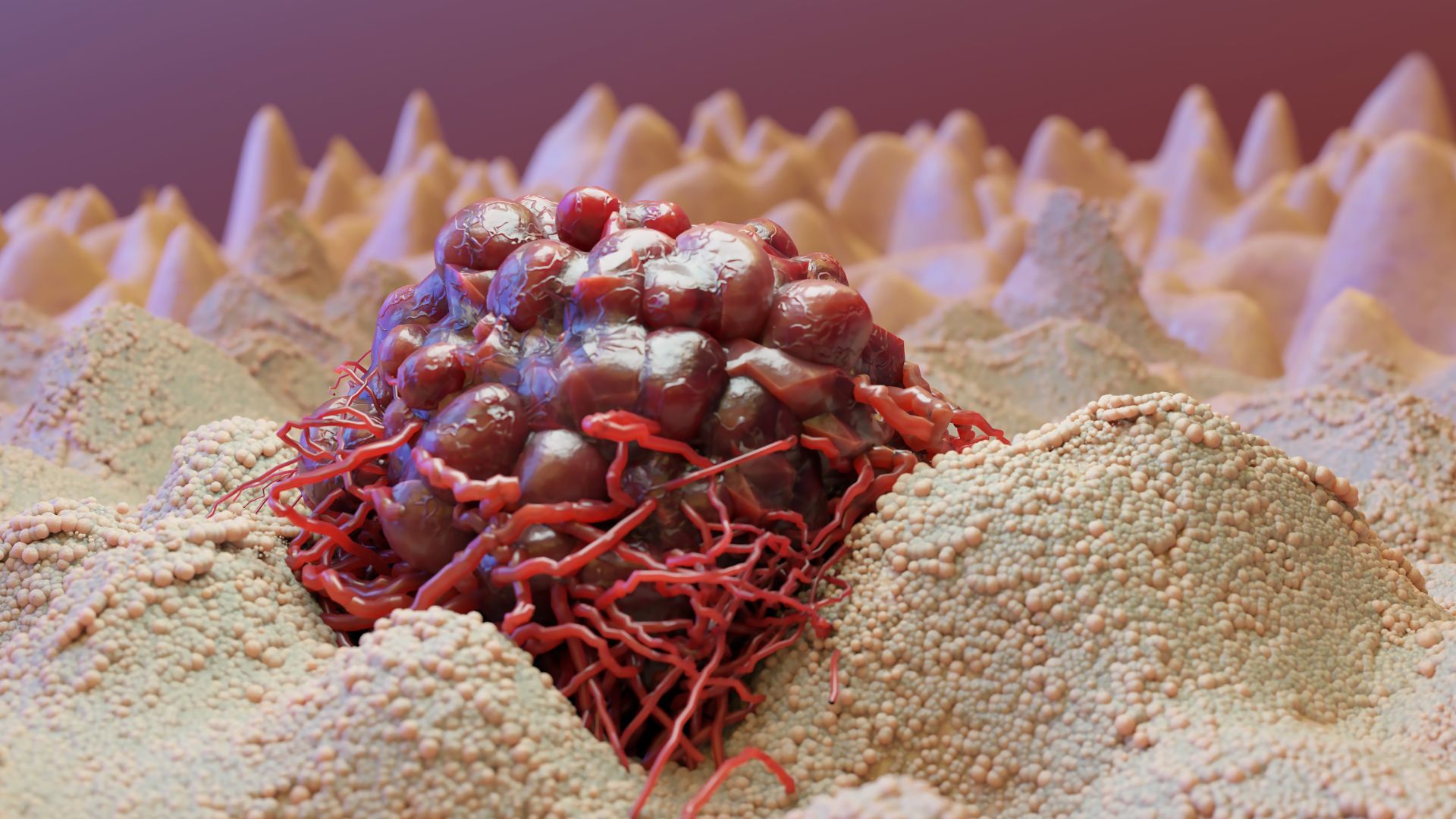

What happens after being diagnosed with Melanoma?
Learning that you have melanoma might be disturbing and you will want a proper treatment afterwards. Although the next step varies with each individual, there is a process after diagnosing melanoma, the most serious type of skin cancer.
The steps after diagnosing melanoma can include skin examination, staging, testing, treatment and observation. After detection of melanoma, here is what one can expect:
1. Skin Examination
Dermatologists often perform this exam when an individual has a suspicious spot on their skin that could be signs of skin cancer. During a complete skin examination, the dermatologist examines your head to toe. This exam includes a look at all of your skin.
Skin on the scalp, face, genitals and the bottoms of the feet will be examined, and a dermatologist will also examine nails and look inside the mouth.
At the next appointment, a physical exam will be received. During the physical, the expert will ask about the diseases that run in the family and he medications you take. Lymph nodes can be checked during physical examination for any swollen lymph nodes.
2. Staging
The sages of melanoma tell how deeply the cancer cells have reached into the skin and whether the cancer has spread beyond the skin. Your dermatologist or oncologist can use the stage to determine the best treatment option to treat your condition.
The stages of melanoma are:
Stage 0
Cancer cells are found only in the outermost layer of the skin, the epidermis. In its early stages, melanoma is highly treatable, which is why it is recommended to visit for regular health check-ups.
Stage 1
The melanoma has grown deeper, so it reaches into the next layer of the skin, the dermis. It is a sign that melanoma has become invasive. But still highly treatable.
Stage 2
The myeloma is still only in the epidermis and dermis, but the tumour is deeper. In the second stage, there is more risk of the cancerous cells spreading.
Stage 3
The cancer cells have spread beyond the skin. It is found in the lymph nodes or vessels that are close to where the melanoma started.
Stage 4
Metastatic melanoma, the cancer has spread beyond the closest lymph nodes to one or more parts of the body.
It is essential to check for signs of melanoma, you can do it on your own or with the help of someone for self-examination.
3. Testing
Some-but not all-individuals need testing. Testing can help find out whether the melanoma has spread beyond the skin and to the other parts of the body. If one needs further testing, they will likely be seen by a medical or surgical oncologist.
Medical tests that can be conducted look for cancer include X-rays, ultrasound, computerised tomography (CT) scan, magnetic resonance imaging (MRI) and positron emission tomography (PET) scan.
These test results, including skin exam, skin biopsy and physical, are used to determine the stage of the melanoma. A specialist can recommend skin lesion removal, if a skin lesion is bothersome, painful or cancerous, so consult properly.
4. Treatment
Treatment aims to remove all of the cancer, which is why the surgical procedure is often a part of the treatment plan. When found early, a type of surgical procedure called excision surgery may be the only treatment one needs. A dermatologist can often perform this procedure during an office visit.
During excision surgery, your dermatologist removed any remaining melanoma and some normal-looking skin along the edges. People who often have this at an early stage get cured.
The removed tissue will be checked to ensure that there is not remaining melanoma. If no cancer cells are found at the edges, it usually means the melanoma on the skin has been removed. If the cancer cells are deep and have spread, the procedure may become complex. A dermatologist may recommend lymph node biopsy.
5. Observation
Observation or more treatment can be recommended for a person at any stage. If your treatment plan involves observation, you will be watched closely. You will have regularly scheduled check-ups and tests to determine if the cancer has returned or spread.
Early melanoma refers to a melanoma caught in its early stages, meaning the tumour is usually thin and hasn’t spread to other parts of the body, while thicker melanoma indicates the tumour has grown deeper into the skin.
In early melanoma the observation begins. The risk of melanoma returning or spreading is low but still present. It is important to follow the healthcare professional’s advice, visit for regular skin exams, and check for signs of melanoma.
In thicker melanoma, most people begin observation, and your dermatologist will watch the skin closely. You’ll also need to watch your skin for signs of skin cancer.

